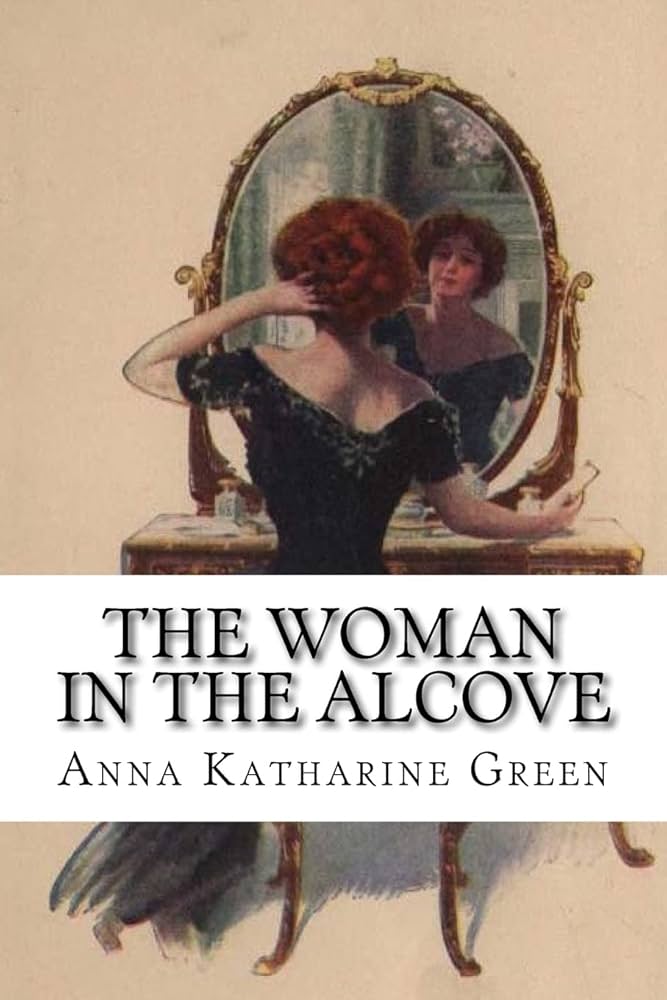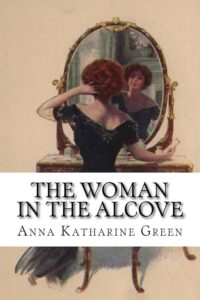Chapter IX — The woman in the Alcove
byChapter IX — The woman in the Alcove follows the narrator as she pushes past social restraint to speak directly with Inspector Dalzell about a theory that challenges the accepted line of investigation. Her belief in Mr. Durand’s innocence fuels her courage, despite knowing that her position as a woman and an outsider might weaken the impact of her words. She recounts what she witnessed on the night of the murder, focusing not on the bloodstained evidence but on subtler cues that others have dismissed. Her attention lingers on a man whose presence at the event had less to do with its festivity and more with an unhealthy interest in the rare gem worn by Mrs. Fairbrother. That man’s gaze, his behavior, and his proximity to the diamond were what stirred her suspicion. She felt a calculated detachment in him, one that hinted at a deeper intent.
As she describes how Mrs. Fairbrother responded to a discreet note delivered during the event, the narrator posits that the message had warned her of impending danger. This moment, in her view, changed Mrs. Fairbrother’s demeanor, yet no one had fully explored its significance. The narrator contends that the note was not just a curiosity but a vital clue that redirected the victim’s attention and possibly her plans for the night. She also connects this moment to the presence of a distinguished man who left early and whose servant, she believes, may have had a role in the unfolding events. This possibility introduces a new path—one that implicates not Mr. Durand but a calculated and socially shielded figure. Despite being met with skepticism by the inspector, the narrator’s steady recounting of the timeline lends her theory a firm edge.
To support her argument, she references a small but unexplained detail: two shattered coffee cups found near the crime scene. Their presence was noted but never explained, and she suggests they might hold symbolic or literal value in the context of the crime. Did they signal a scuffle? Or were they part of a rushed scene where something unexpected occurred? Her point is not to offer certainty but to demand attention to the inconsistencies that others have overlooked. She urges the inspector to reconsider not just the evidence but the assumptions built upon it. Her narrative style is calm but charged with urgency, as if she knows that even a pause in the right place might unravel a lie.
What makes this chapter compelling is not only the introduction of a new suspect but the way it challenges institutional bias. The inspector, for all his professionalism, must be prompted to entertain a possibility that contradicts his current course. This is not just a story of a woman defending her lover—it is a critique of how easily surface evidence and reputations can cloud deeper truths. The narrator’s blend of intuition and observation is not positioned as superior to law enforcement, but as a necessary complement. Her refusal to stay silent when every rule of propriety would suggest she should speaks to her courage and clarity. In historical context, her role reminds readers that justice sometimes relies not on authority but on persistence in the face of disbelief.
Adding a factual layer, this narrative echoes real-world cases where initial suspects were chosen based on circumstantial proximity or class bias, only for the truth to emerge through secondary witnesses or overlooked details. In criminal investigations, especially in the early 20th century, class distinctions often influenced the direction of suspicion. Wealth and reputation could act as a shield, while those with less social standing bore the weight of blame. This chapter subtly critiques that tendency, wrapped in the narrator’s articulate but restrained pursuit of justice. Her instincts are not emotional guesses—they are informed by patterns, timing, and a careful attention to human behavior. It is this methodical doubt, seeded in observation, that gives the chapter its weight and drives the story forward.


